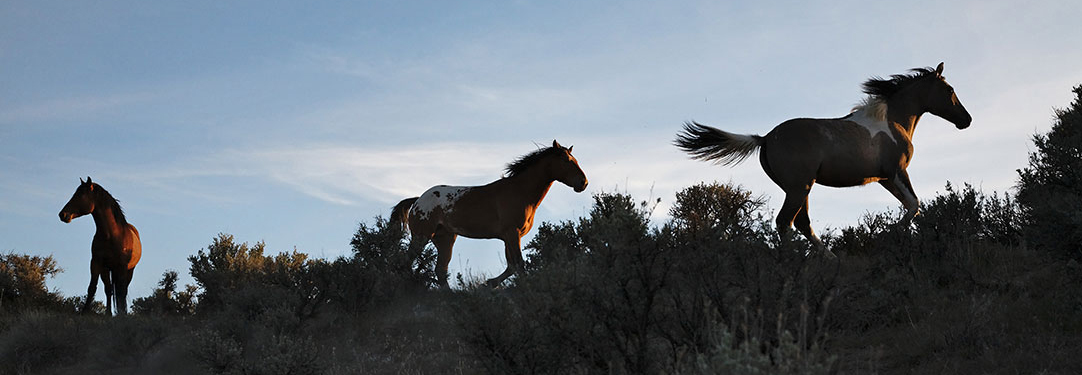|
Workshops |
Lesson Plans |
Discussion Questions |
Homework Help |
School Visits

WILD AT HEART: Mustangs and the Young People Fighting to Save Them
Chapter One: Wild Horse Annie
- Velma "Wild Horse Annie" Johnston loved wild horses before she had polio. After wards, her life changed and she not only cared about the horses, she empathizes with them. What experiences and feelings did she share with the wild horses?
- Annie lived in an earlier America than you do. Did she face any sexism in her fight to save wild horses? Did she face any discrimination because of the effects of polio?
- Annie did more than feel sorry for wild horses; she found ways to legally fight for them. Can you think of at least three ways she did that?
Chapter Two: Prehistoric Hoofbeats
- This book is a genre called narrative non-fiction. One way to describe narrative non-fiction is that it uses the same figurative language and descriptive techniques as fiction to tell a story that just happens to be true. Each section of this book begins with a fact-based story. For example, the first part of this chapter takes place five-million years ago. Find facts that can be proven with today's science such as fossil analysis and DNA testing.
- There have been many theories on the probable extinction of the first horses. Which ones have been proven false or unlikely and which modern theories are true, based on today's science?
Chapter Three: What It Means to be a Wild Horse
- Most mammals live in family groups. Can you compare and contrast the family bands of wild horses with most human families?
- If you were a male horse living a natural life in the wild, what life stages would you experience? Identify at least four.
- When wild horse bands are on the move, the lead mare is in front and the stallion runs behind all of the other horses. After millions of years, this is the system most mustangs use. Why do you think this system works to help them survive most dangers?
Chapter Four: Why Wild Horses are Vanishing from Wild Places
- What are public lands? Have you ever visited public lands? Share your experiences.
- Which dangers do wild horses face? If you were drawing a visual representation of a wild horse facing the threats to his life and making each danger large, medium and small, which would be the biggest, medium-sized and smallest?
- Which government entities take wild horses off public lands? How is the need for these round-ups explained?
- The Bureau of Land Management's website says that it's a myth that horses are native to North America, but many scientists disagree. How does each group prove their statement? Does point of view effect what people accept as fact?
- How do livestock and wild horses use rangelands differently?
Chapter Five: How are Wild Horses Disappearing from Wild Places
- Photographs in this chapter freeze single moments of wild horse round-ups. Use all five of your senses to describe how the humans and wild horses experience the same moment.
- Throughout this book, the author includes eye-witness experiences along with factual text. What are the strengths of these two ways of conveying information? Which do you like best?
- The author's live Tweets from a horse auction are included in this chapter. This kind of writing is a way of using digital technology to tell about or analyze an ongoing event. Using only 140 characters, Tweet your own reaction to an event or issue in this chapter and then discuss the strengths and limitations of this form of writing.
Chapter Six: Young People Fighting to Save Wild Horses
- Identify what motivates these young people to take action on behalf of wild horses. Which of these young people is most like you? What are your similarities and differences?
- What, beyond your own friends and family, do you care about so much that you want to educate people and take a stand for change? How would your existing skills help? How could you make an even greater difference with skills you will acquire later?
|









